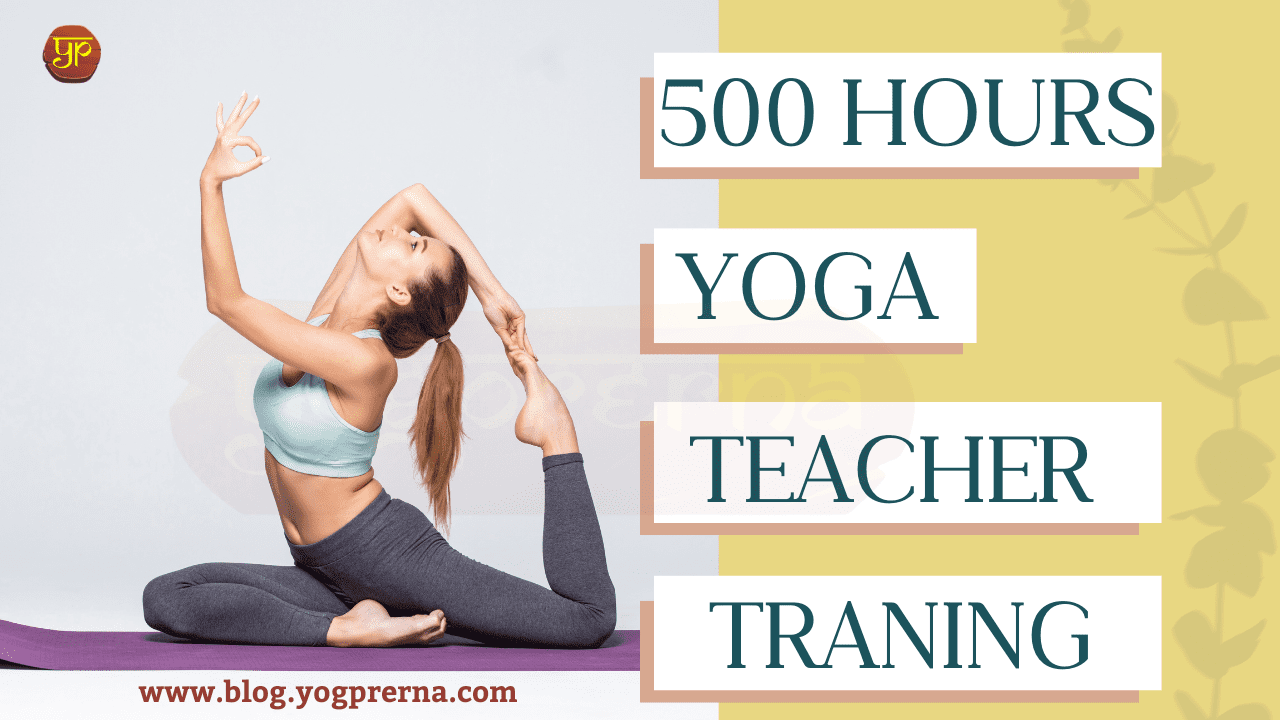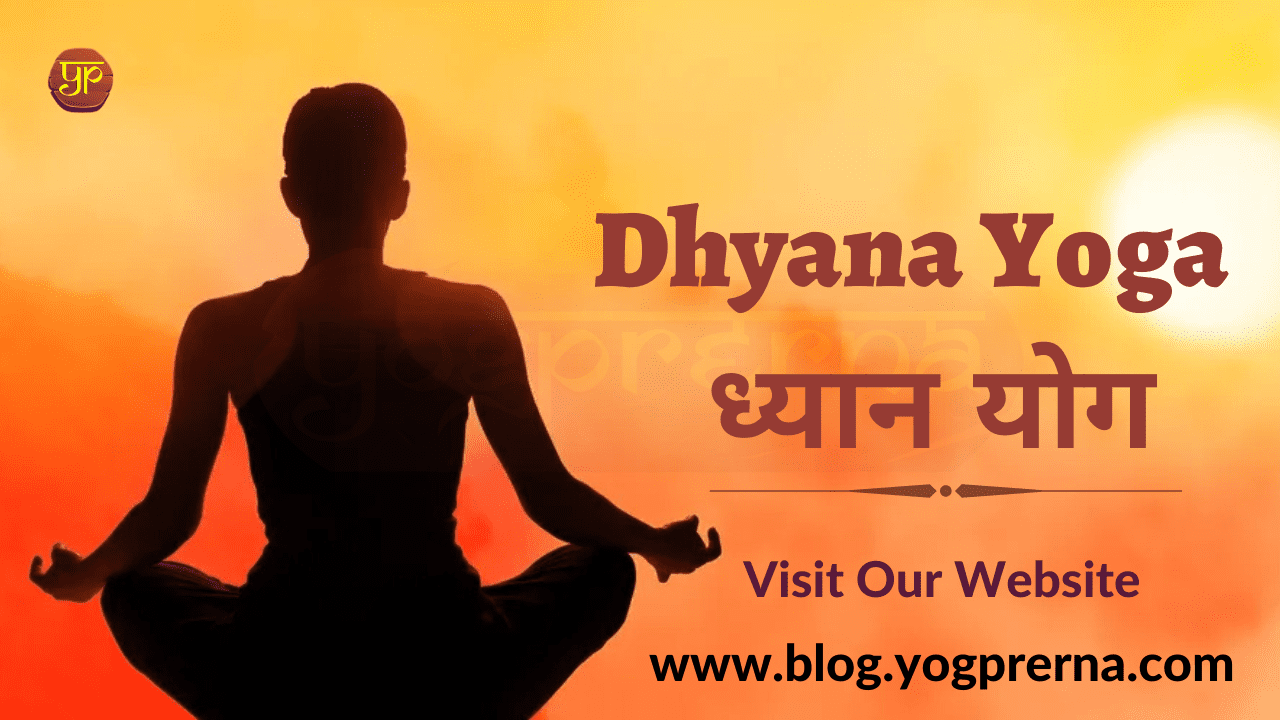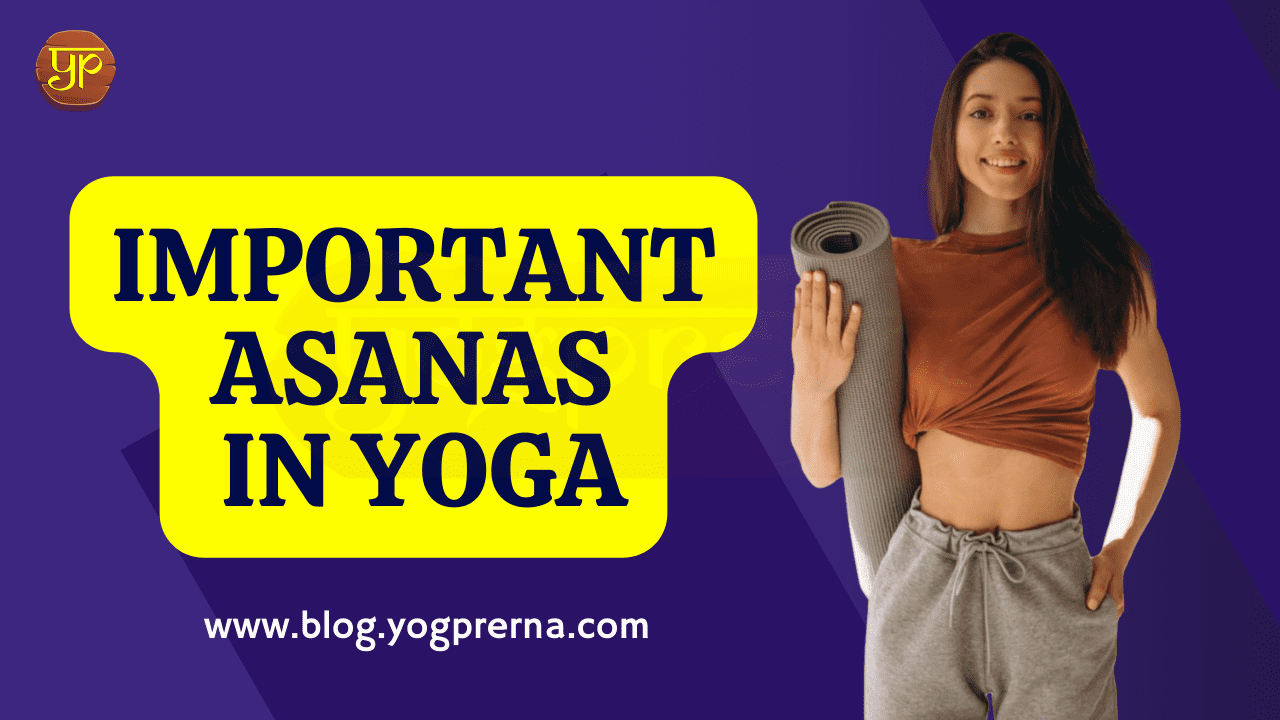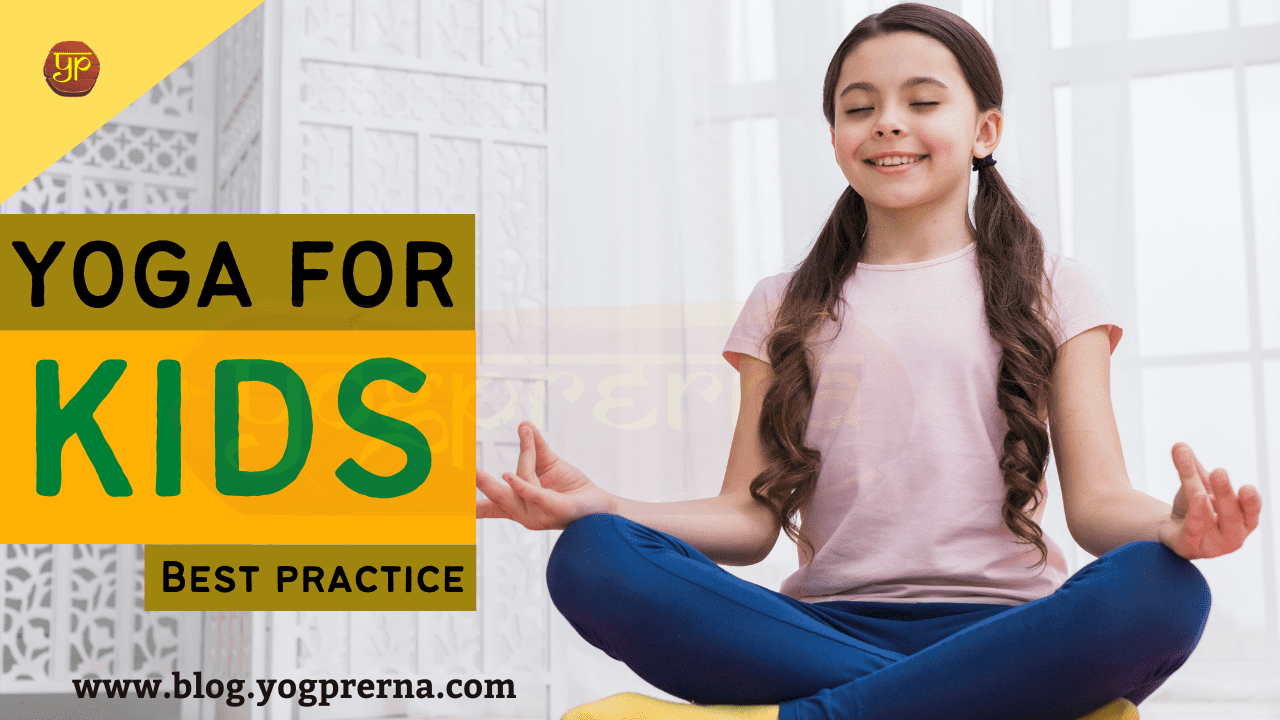500 Hour Yoga Teacher Training In India
The highest global standard for yoga teachers is 500 hour yoga teacher training. You can register with Yoga Alliance as an Advanced Yoga Teacher Training or Registered Yoga Teacher after finishing this program. You will have a thorough understanding of the history and origins of yoga asanas as well as yoga philosophy.
If you have completed 200 Hours of Yoga Training, you are eligible to pursue 500 Hour Yoga Teacher Training Retreat Program. The course will take eight weeks to complete. It’s a beautiful environment that you build for yourself over the course of eight weeks as you work to establish yourself as a yoga student and teacher.
The course is both physically and intellectually beneficial. It is possible to draw the desired correction in order to make our inner lives more flawless, extensive, and global. This course can help you succeed in the art and science of yoga, and it will open up new ways for you to study, teach, and enjoy yoga.
There is a lot of misinformation out there right now about yoga. Yoga philosophy requires a direct connection to expositions in order to become related to tradition. Students will be able to comprehend and appreciate the traditional texts of Yoga in this lesson. Yoga philosophy is a holistic approach to life. It entails comprehending the nature of life, as well as man’s role in the search for the actual self.
Patanjali has presented a very scientific and practical account of the concept and practice of yoga in the Yoga Sutras. One of the most essential sections of the book discusses Ashtanga yoga, also known as the Eight Limbs of Yoga, which gives practical recommendations for reaching the highest level of awareness.
Ashtanga Yoga has 8 fundamental limbs namely Yama, Niyama, Asana, Pranayama, Pratyahara, Dharana, Dhyana, and Samadhi.
Hatha Yoga lessons are quite helpful in comprehending the mechanics of the body and channeling energy to achieve harmony. One might prepare for a greater potential by bringing the sun and moon into equilibrium. While Hatha Yoga includes 6 elements like Panch Kosha, Annamaya Kosha, Pranayama Kosha, Manomaya Kosha, Jnanamaya Kosha, and Anandmaya Kosha.
You will learn how to turn your living space into a little spiritual power structure, which will motivate you to continue a methodical practice at home even after the course.
Yoga, Human Anatomy, and Physiology in 500 Hour Yoga Teacher Training
Anatomy is concerned with structure, whereas physiology is concerned with function. Human physiology is the scientific study of the chemistry and physics of the body’s structures, as well as how they interact to sustain life’s functions.
The scientific study of the body’s structures is known as human anatomy. Some of these structures are so minute that they can only be seen and studied with the use of a microscope. Other bigger structures can be observed, moved, measured, and weighed with ease.
If you keep connecting the form of the structures you’re studying to their function, your study of anatomy and physiology will make much more sense. In fact, attempting to learn anatomy without first comprehending the physiology that a bodily component supports may be rather unpleasant.
Practical culinary instructions are included in the program. You will learn to cook nutritious and delicious vegetarian meals over the course of four weeks.
Yoga Anatomy and Physiology Schedule and Curriculum in 500 hour yoga teacher training?
1st Week Schedule
- A brief overview of the skeletal system and its functions.
- Anatomy and function of the shoulder, along with major muscle names.
- Muscle names and anatomy of the pelvic girdle.
- The structure and function of the spine, as well as its significance in yoga practice
- Introduction to Kundalini Shakti and its Function.
- Introduction to the chakras and their relationship to the endocrine system.
- Nadis: the role and significance of the energy channel.
- Introduction to Prana and Its Importance in Organ Function.
- The role of Panchakosha in bodily function.
2nd Week Schedule
- Introduction to chakras and their relationship to the endocrine system.
- The function and significance of the Nadis energy channel.
- Introduction to prana and its significance in organ function.
- The role of Panchakosha in bodily function.
3rd Week Schedule
- Introduction to the respiratory system, its functions, and issues.
- The importance, function, and difficulties of the circulatory system.
- The importance, function, and issues of the digestive system.
- Assignment submission and revision.
4th Week Schedule
- Practicals
- Written Exams
Frequently Asked Questions (FAQ)
-
What is 500 hour yoga teacher training?
The highest global standard for yoga teachers is 500 hour yoga teacher training. You can register with Yoga Alliance as an Advanced Yoga Teacher Training or Registered Yoga Teacher after finishing this program. You will have a thorough understanding of the history and origins of yoga asanas as well as yoga philosophy.
-
What is the difference between RYT 200 and RYT 500?
A 500-hour RYT is someone who has finished both their 200 and 300-hours training, together with over a hundred hours of hands-on enjoy teaching yoga classes. As a substitute, a 500-hour RYT can also have taken a 200-hour YTTC and a 300-hour YTTC (for a complete of 500 hours — two hundred + three hundred = 500).
-
What are the different levels of yoga teachers?
Yoga Alliance gives two main certifications: RYT-200 and RYT-500. The variations are related to the number of training hours. There are two ways to become certified after 500 hours of yoga teacher training. The first is to participate in and finish all of the training at a RYS-500 school.
-
Can I teach yoga without certification?
The occupation of teaching yoga is a transparent career. This means that in terms of your training or experience, you are allowed to use the title “yoga instructor.” Therefore, teaching yoga is not bound to any laws.





